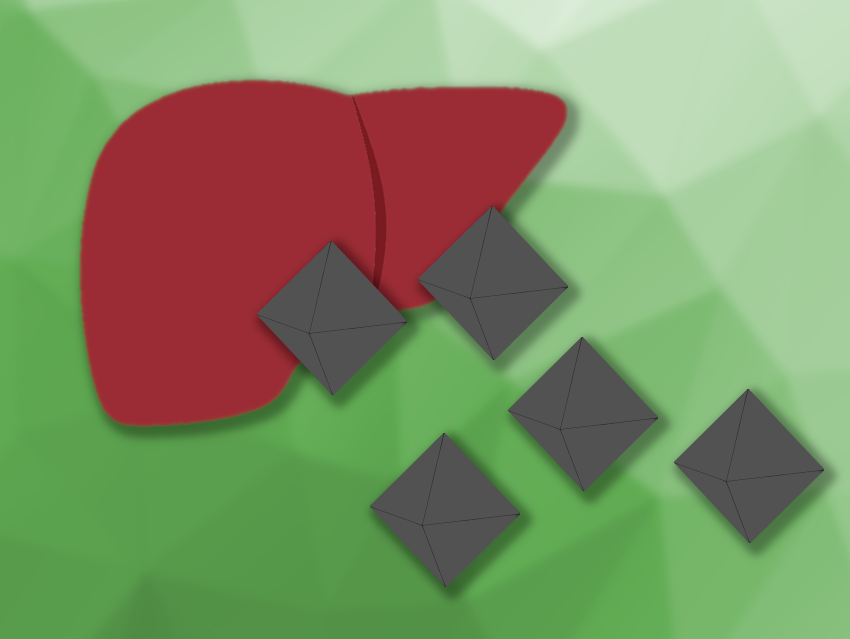Diabetes is a very common health issue, with type 2 diabetes as the most common form. Type 2 diabetes is caused by an insensitivity of the body’s cells to insulin, which impedes blood sugar regulation. Treatments usually involve insulin injections or oral medications.
It has been suggested that the levels of reactive oxygen species (ROS) could be involved in insulin resistance. The liver is a major organ for metabolizing sugars and is prone to insulin resistance. Thus, drugs that target the liver and reduce the levels of ROS might be useful for the treatment of type 2 diabetes. So-called mitochondrial uncouplers, for example, could help inhibit ROS production at its source. In addition, ultrasmall platinum nanoparticles could be used as highly efficient ROS scavengers. However, they are generally cleared from the body quickly and do not target the liver. Delivering both mitochondrial uncouplers and ultrasmall platinum nanoparticles into the liver in one system could allow for effective ROS inhibition and scavenging.
Jingjing Yang, Nanjing University, China, and Nanjing University of Chinese Medicine, Shaochun Tang, Yujun Song, Nanjing University, and colleagues have developed such a system. The team used liver-targeted, biodegradable silica nanoshells, embedded with platinum nanoparticles, that act as both ROS scavengers and as hollow nanocarriers for the mitochondrial uncoupler 2,4-dinitrophenol-methyl ether (DNPME). They first coated a Zr-based metal–organic framework (Zr-MOF) template with platinum nanoparticles and a layer of mesoporous silica. Then, the template was removed to form hollow shells, which were loaded with DNPME via diffusion. Finally, the particles were coated with a lipid bilayer to prevent drug leakage and promote targeted delivery to the liver.
The system showed good ROS scavenging activities for hydrogen peroxide (H2O2) and superoxide (O2–). In experiments using human liver cells with insulin resistance, the system increased glucose uptake, suggesting that the cells’ insulin sensitivity was improved. In a diabetic mouse model, the particles were concentrated in the liver and led to improved blood glucose levels. They also improved symptoms of diabetic kidney disease. According to the researchers, the work could provide a promising approach for the therapy of chronic metabolic diseases associated with oxidative stress.
- Biodegradable Hollow Nanoscavengers Restore Liver Functions to Reverse Insulin Resistance in Type 2 Diabetes,
Zhibin Zhang, Dongtao Zhou, Xiaowei Luan, Xuyuan Wang, Zhenxing Zhu, Wen Luo, Jingjing Yang, Shaochun Tang, Yujun Song,
ACS Nano 2023.
https://doi.org/10.1021/acsnano.3c00875




